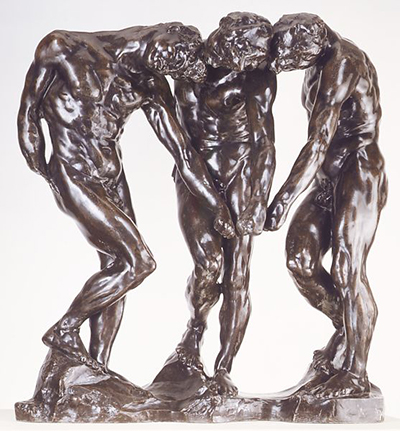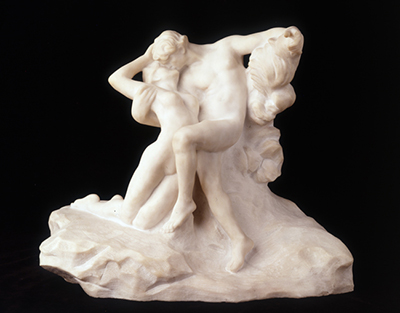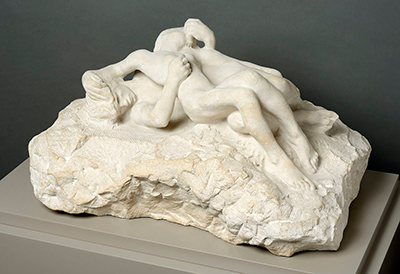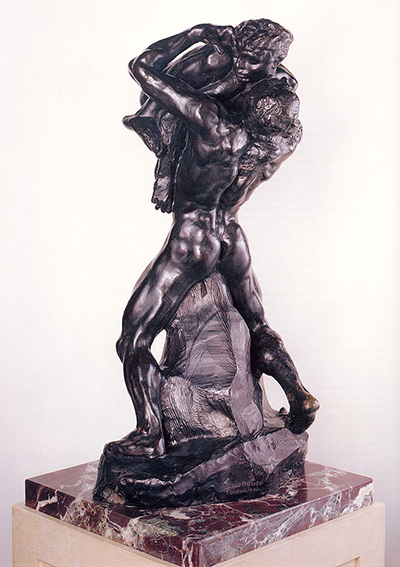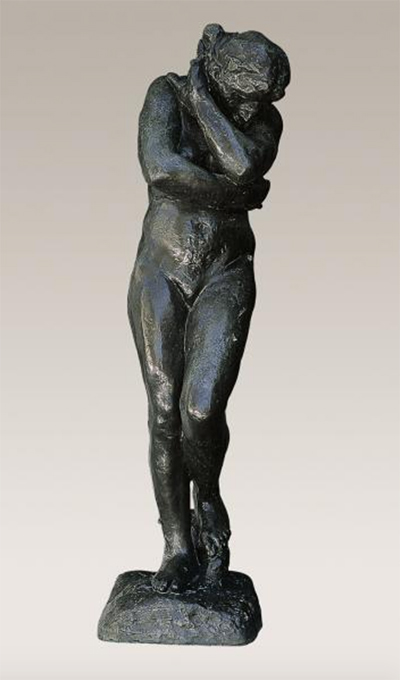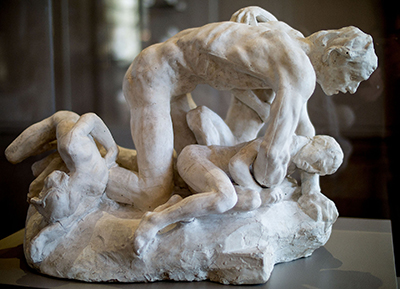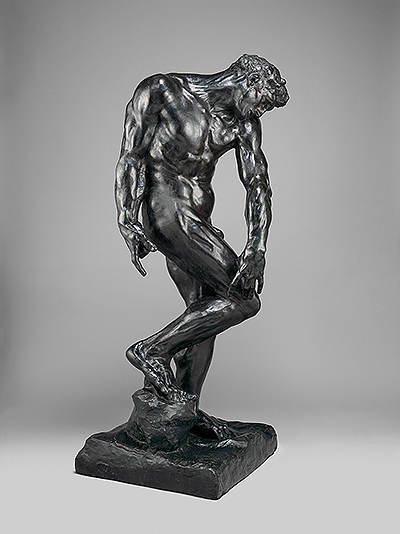Auguste Rodin's Gates of Hell fused together hundreds of individual sculptures to form a breathtaking piece that the artist continued to draw inspiration from for the rest of his life. The Gates of Hell achieved an almost organic status, with many additions being removed or amended, often ending up as individual pieces themselves.
Most famously of all, Rodin's The Thinker and The Kiss were both originally a part of this momentous work before being removed and enlarged for separate display. They were considered exceptional sculptures but not quite in keeping with the mood of this dramatic piece. Even those items that stayed would still be revisited from time to time as inspiration for other works. Many of the study pieces used by the artist for The Gates of Hell could then be reused for other projects. The impact of this huge project can therefore be seen throughout the artist's entire oeuvre.
"...None of the drama of Life remained unexplored by this earnest, concentrated worker... Here [The Gates of Hell] was life, a thousand-fold in every moment, in longing and sorrow, in madness and fear, in loss and gain. Here was desire immeasurable, thirst so great that all the waters of the world dried in it like a single drop..."
Rainer Maria Rilke, Auguste Rodin, 1902
Rodin received a commission from the French state to create this project for a new decorative arts museum in Paris. Sadly, this plan was eventually cancelled, though the artist decided on completing his work in any case. He had also hoped to present them for the first time at the Exposition Universelle in 1899 but they weren't completed in time, finally being finished around a year later. Instead they became part of his own personal exhibition in Paris, 1900. Even at this stage he was still deciding upon which elements too include as part of the gates and which to convert into separate artworks.
Rodin's original work was produced entirely in plaster with bronze cast versions being produced later on. The initial construction has been restored and moved from his studio (Musée Rodin in Meudon) to the Musée d'Orsay in Paris. The bronze versions can be visited all around the world, underlining the international status of Rodin's reputation. For instance, you can find versions at The Kunsthaus Zürich in Zurich, The National Museum of Western Art in Ueno Park, Tokyo, The Plateau, Seoul, Korea, Museo Soumaya, Mexico City, The Rodin Museum in Philadelphia and The Iris & B. Gerald Cantor Center for Visual Arts at Stanford University, USA.
Individual Components of The Gates of Hell
Find below some of the key ingredients of this complex piece, though some were later removed after being considered out of sync with the overall theme of the work. Few artists have ever taken on such a complicated project, underlining the confidence of Auguste Rodin and also his desire to push his career as far as he could. He was also willing to sacrifice some sculptures when he considered them unsuitable, even ones that he particularly appreciated as separate pieces.
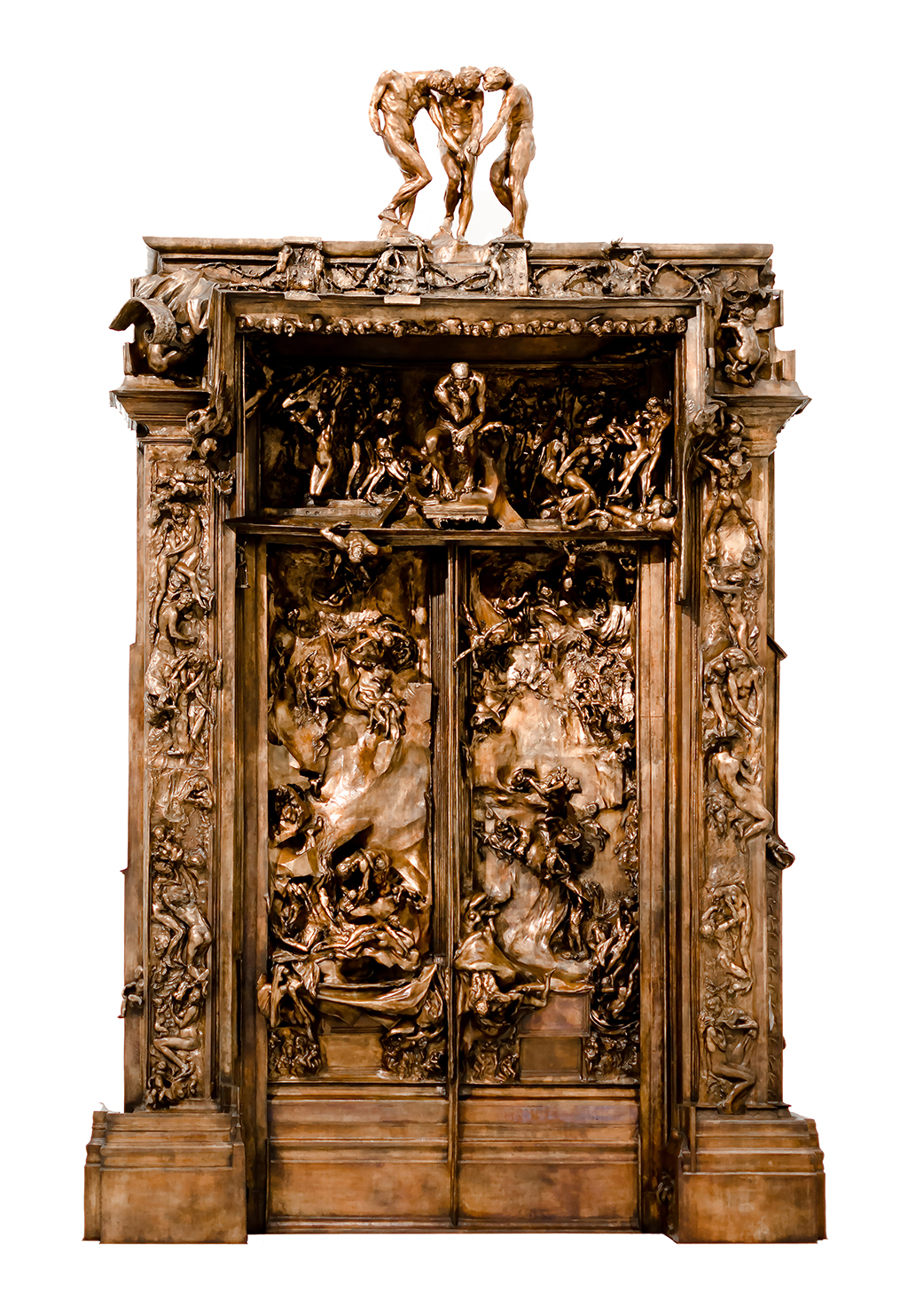



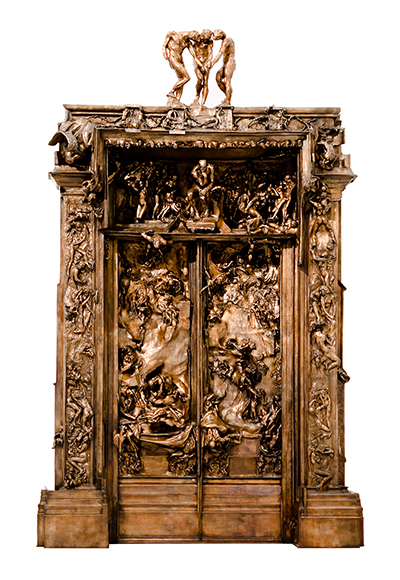
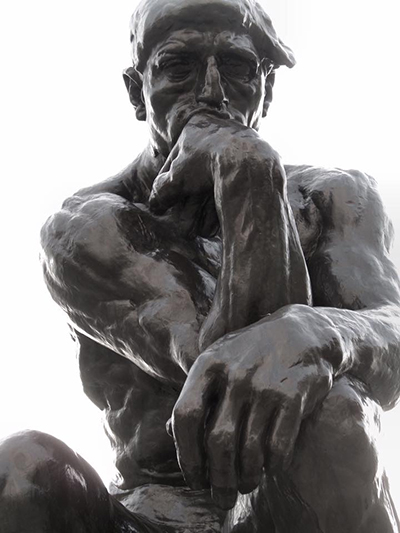
 Auguste Rodin.jpg)
